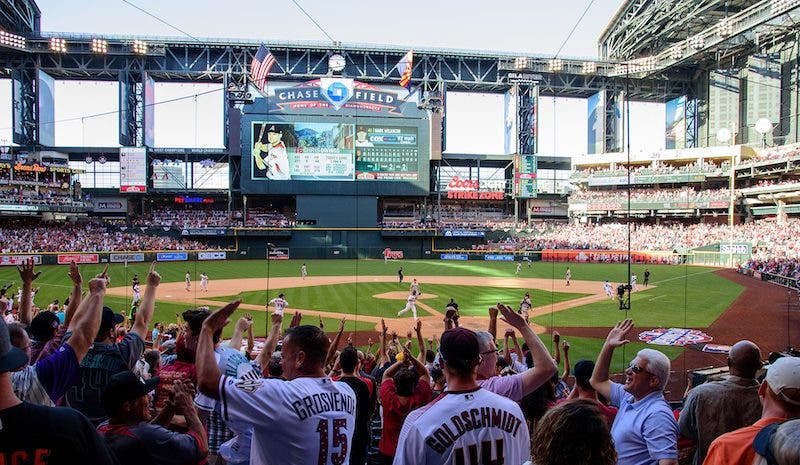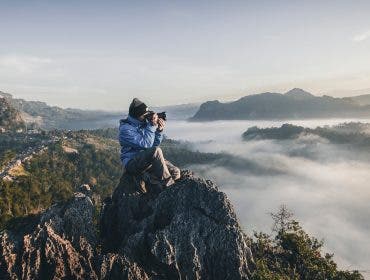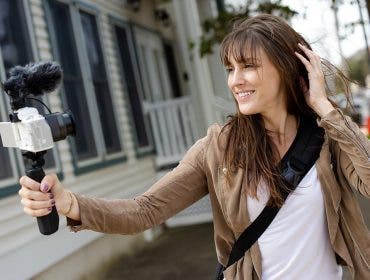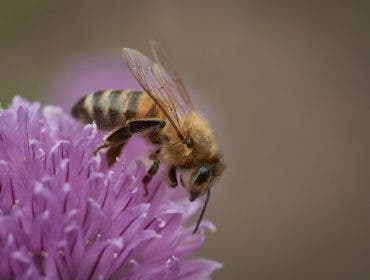As a sports photographer, you are able get to be close to the action, capturing the incredible peak action shots and intense emotions. As amazing as this is, the fast pace and intensity can also make sports photography very challenging. Here are a few tips that will help you get started and improve your sports photos.
What is sports photography?
Sports photography is the craft of capturing images of sporting events, games, athletes, and the like. This genre can truly run the gamut when it comes to execution. It could include photographing high school football games or local 5Ks. Or, on a larger scale, sports photography could mean capturing images at some of the world’s most celebrated events, such as the Olympics or Super Bowl.
Gear you need for sports photography
To be a successful sports photographer, you’ll need a solid sports-photography kit. Perhaps most important piece of gear in the kit is your camera. Look for mirrorless or DSLR cameras that come with a high ISO range, stellar autofocus features, and a high frames-per-second shooting rate. Why do these features matter? The shutter speed for sports photography is typically high to capture the action, so the ISO range is key if you need to go up a bit to avoid the images being too dark. Since you’re shooting quickly, a speedy autofocus will become your best friend. And, you’ll want to capture numerous images at once so you don’t miss the action—hence the high frames-per-second shooting rate.
Beyond that, you’ll also want a few lenses; the type you need largely depends on your sport. A telephoto, around a 70-200mm or 100-400mm is ideal for, say, basketball or football games where you’re photographing on the sideline. A lens like a 24-70mm is great for team photography and capturing the crowd.
Other important sports photography gear includes a monopod, especially if you’re dabbling between photo and video, a rain cover (if you’re photographing a game outside), backup batteries, and a lens cloth just in case sweat or rain makes its way onto your lens.
Tips for Successful Sports Photography
Understand your settings
When shooting sports photography, you are often trying to capture high speed movements. To make sure the action is completely frozen, you need a fast shutter speed. The faster the movements, the faster your shutter speed needs to be. In general, a minimum shutter speed of 1/1000th of a second should freeze the action for a sharp image. You need to choose a fast shutter speed, while balancing the widest aperture and lowest ISO possible for proper exposure. A wide aperture will create a short depth of field that makes the player stand out against a blurred background and a low ISO will produce the best image quality. When you’re able to balance those three settings—while prioritizing shutter speed—you will be able to capture a great action shot.
Know the sport
Before you shoot a new sport or team, watch a few games to get a feel for the rules and flow of the game. This will help you anticipate where the action will be so that you can be in the right position when a big play happens. Do any of the players have special pregame traditions or unique celebrations? If you’re not sure, ask another photographer that covers the team more frequently. Any additional information you can find to help prepare will go a long way. If you’re only reacting to the action, it’s much harder to get the shot.
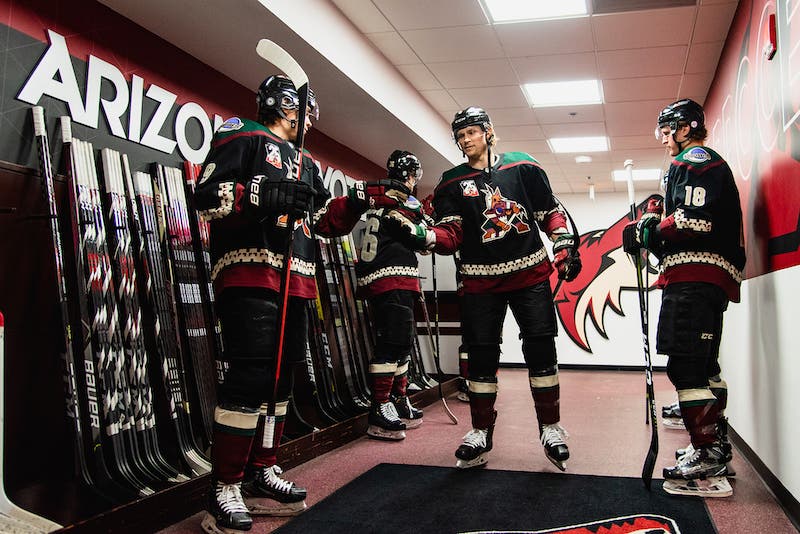
Tell a story
Action shots are great, but there’s so much more to sports than just the big plays. Look for player emotions, fans, scenic shots, and any other details that will capture the atmosphere and tell the story of that particular game. In sports photography, you have the unique opportunity and access to photograph moments that the average fan doesn’t get to see. Take advantage of this and give the fans a new perspective.
Use a telephoto lens
While all types of lenses can be used for sports photography, you will get the most use out of telephoto lenses. When shooting sports, you often must shoot from a farther distance. A longer telephoto lens will allow you to zoom in and shoot the action from far away. It will also enable you to quickly adjust your focal length as the action moves closer or farther away from you. Which telephoto lenses you need to use will depend on the sport. For sports like basketball or hockey, a 70-200mm lens is long enough to reach the action. For sports that are played on a bigger field—like football or soccer—you will want a longer lens such as a 300mm or 200-400mm.
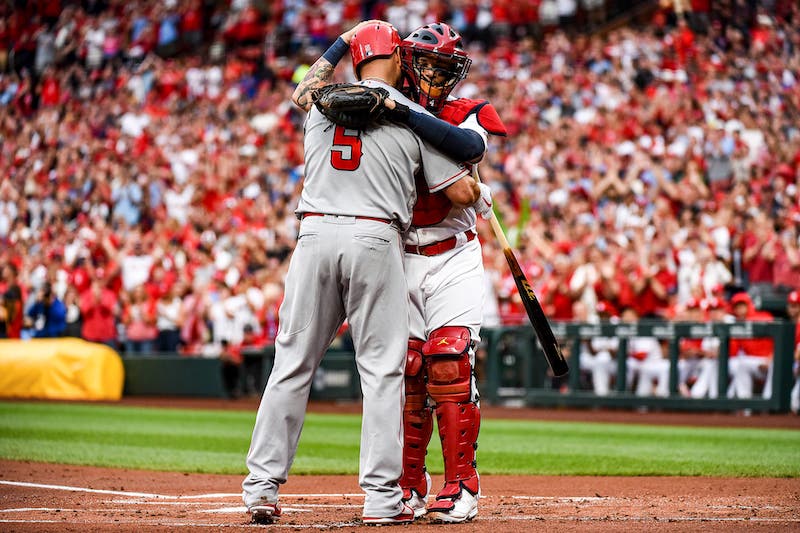
Use continuous autofocus
Many sports move quickly, making manual focus extremely difficult. Continuous autofocus (AF-C for Nikon, AI Servo AF for Canon) allows you to track the player as they move, without losing focus. This will ensure that you get a sharp image as you follow the action.
Move around
Don’t stay in one position for too long. Move around to different spots on the field or arena and shoot from different angles. This will give you different perspectives and make your photos more interesting.
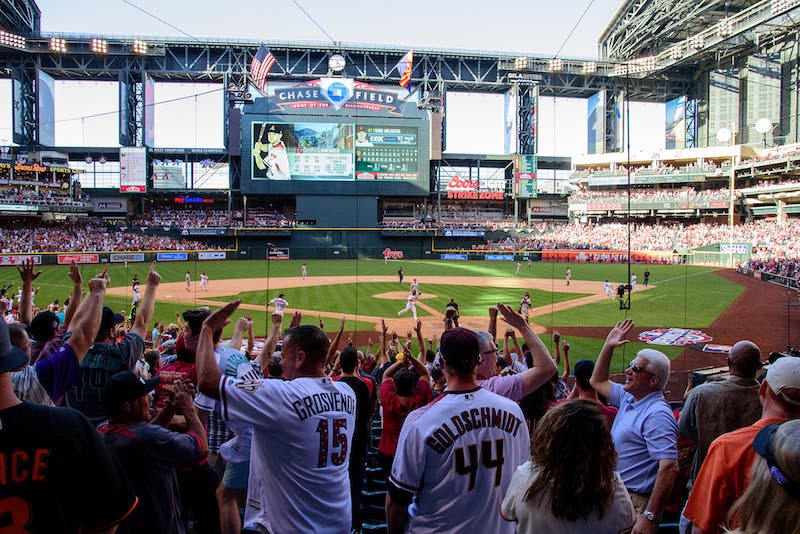
Clean up your backgrounds
Pay attention to your surroundings. Avoid capturing distractions in the background of your shot such as signage, referees, bat boys/girls, etc. These distractions can pull the focus away from the athlete and make the photo less impactful. Try shooting from different angles to get those clean backgrounds. You can get low, shoot upward, and use the sky. You can also go up in the stands and shoot downward to make the field or court your background. It obviously isn’t always possible to avoid every distraction but being aware of any glaring distractions can help you put yourself in the right position to get a great, clean shot.
Use movement to frame your photos
Look for creative ways to frame your shots. Use team branding, equipment, and anything else you can find to position in the foreground or background to draw the viewer’s eye to the athlete. This creates a more interesting image that stands out among generic action shots. However, pay attention to the direction of the movement when you are framing the action. Avoid capturing players moving off the frame without any space to move into. For example, if the player is running to the right, frame them on the left so that they appear to have space to move in the frame. This will help balance the photo and make it feel less constricted.
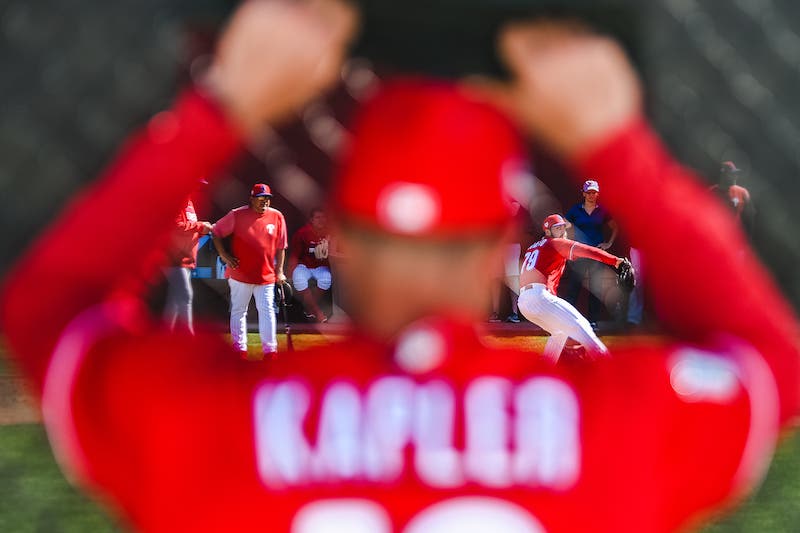
Avoid cropping
Don’t amputate limbs. When shooting or post-processing, avoid cropping out hands, fingers, feet, etc. It’s much more comfortable and aesthetically pleasing for the viewer when the player’s limbs are completely intact. If you accidentally crop out a limb, crop in tighter for a three-quarter length crop or headshot. A tighter crop is far more impactful than a full body shot with a player’s hand halfway out of the frame.
Shoot what’s around you
You don’t have to shoot professional sports to be a great sports photographer. No matter what level you’re shooting—whether it’s professional or little league—sports always have opportunities to capture action, emotion, details, and the overall atmosphere of the event. There are many opportunities in your own community to practice shooting sports. Try shooting local high school sports, skate parks, adult leagues, etc. Any practice you can get will make you a better photographer.
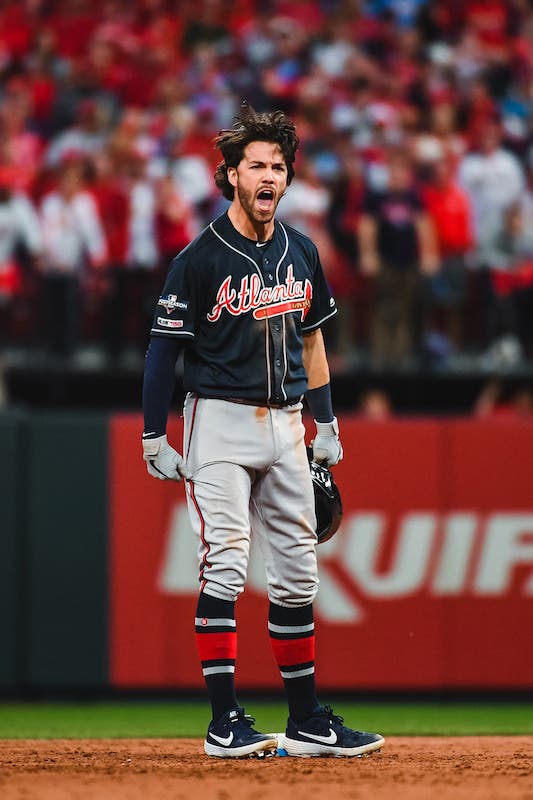
Sports Photography Frequently Asked Questions
How to get into sports photography
You have several ways to break into the competitive industry of sports photography. For one, you could apply for an internship with a local team or newspaper. This is one of the best ways to get access and build a portfolio when you’re just starting out. Additionally, you could reach out to a freelance sports photographer and ask if you could shadow or serve as their assistant to learn the ropes. Other options include applying for sports photography jobs, pursuing sports-photography-adjacent careers like managing social media for a team, or sending letters of interest to marketing departments in local high schools or colleges to see if they’re looking for any sports photography support.
What qualifications do you need to be a sports photographer?
The qualifications you need depend on the type of sports photography you’re pursuing. If you want to apply for full-time jobs within companies or colleges and universities, you may need an associate’s degree in photography or a similar creative field. If you’re pursuing sports photography more as a freelancer, you have a little more wiggle room because your work will speak for itself.
Who do sports photographers work for?
Sports photographers can have a variety of clients. In sports photography, you can go the editorial route and work for a magazine or local or national newspaper. You could also work for an online sports blog, you could be a sports photographer for a local high school or college, or, you could apply to be a photographer and/or social media creator directly for a team.
Conclusion
Sports photography isn’t easy. Shoot as much as you can, be creative, and experiment with perspectives and techniques. Every game I shoot will makes me a better photographer and allows me to capture the special moments that only sports can provide.
